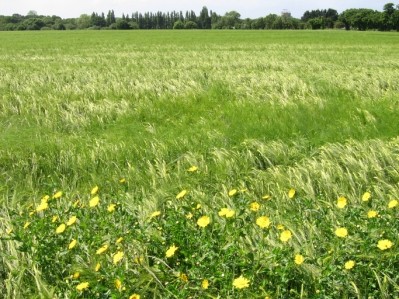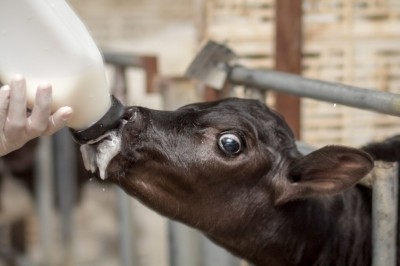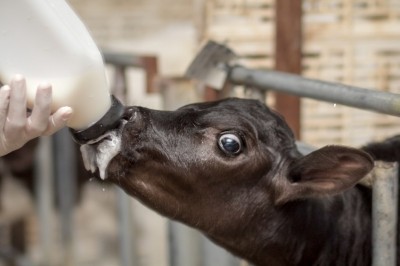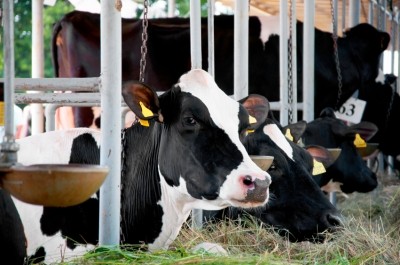Broccoli byproducts boost milk fat, may help environment
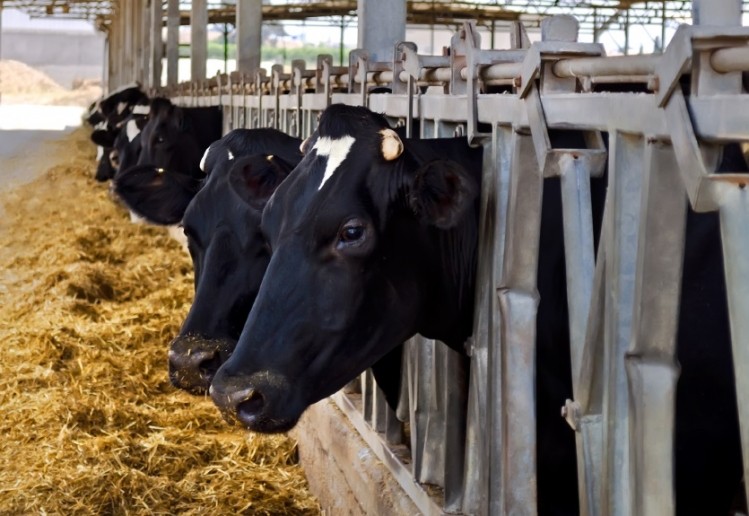
The alternative feed boosts milk fat content and maintains similar levels of milk production, milk protein, lactose, total solids and solids-not-fat, researchers said in the Asian-Australasian Journal of Animal Sciences.
“These results indicated that PBB could be included in dairy cattle diets at a suitable level to replace concentrate mixture without any adverse effects on dairy performance,” they said.
Why alternative feeds
The group looked at the pelletized broccoli by-products (PBB), because about 200,000 tons are produced each year in China, creating both waste and environmental damage, said researchers.
Previous research has found that the PBB have a high level of protein, they said. But, little work has been done examining the effect of replacing a feed or concentrate diet with the byproduct.
“Therefore, the objective of the present study was to evaluate the effects of replacing concentrate mixture with different levels of PBB on in vitro fermentation and the lactation performance of dairy cows,” they said.
Experiment details
In a set of experiments, the team examined both the digestibility of the PBB, and its effect when included in the diet of dairy cattle, said researchers.
The first experiment preformed an in vitro gas test on the PBB, where the corn/soybean meal feed was replaced by 0%, 10%, 20%, 30% or 40%, said the researchers. The total diet also included Chinese wild ryegrass hay as forage.
In the experiment, glass syringes were filled with rumen fluid, buffer solution and the test feeds, they said. All experiments were run in triplicate.
The syringes were heated and gas produced values were recorded at 2, 4, 6, 9, 12, 24, 36 and 48 hours of incubation, they said. And, ammonia, pH and volatile fatty acids contents were established.
In the second experiment, 24 Holstein cows were randomly assigned one of two diets – a basic diet, and that diet with PBB replacing 20% of the feed mixture, they said. Both diets also included 50% forage comprised of corn silage, alfalfa pellets, Chinese wild ryegrass hay and beet pulp.
Cows were milked three times a day and yield recorded, researchers said. Additionally, samples were taken for to analyze for fat, protein and lactose content.
Results
For the gas experiment the more PBB included in a diet the lower the amount of gas produced or potential gas produced, said the scientists. Levels were statistically significant for diets include 30% and 40% of PBB.
“Gas production gives a measure of the degradation of substrate, particularly the carbohydrate fraction,” they said. “These results have revealed that replacing concentrate with PBB for ruminants might not affect digestion if the replacement level was at less than 30%.”
No difference was found in the pH levels for any of the alternative diets, but the amount of ammonia-N was lower with 10% PBB than at any other level, though still within the preferred range, they said. VFA concentration increased with higher amounts of PBB and at 40%, PBB boosted the molar proportion of acetate and decreased the amount of propionate.
“Based on the above results (both chemical composition and in vitro degradation), a 20% replacement level of concentrate by PBB was chosen for the dairy cows’ diet,” they said.
Adding PBB to the cows’ diet didn’t alter the amounts of milk protein, lactose, total solids or solids-not-fat, they said.
“Replacing concentrate with 20% PBB had no adverse effects on rumen fermentation, but increased milk production numerically, and increased milk fat content significantly in lactating dairy cows,” said researchers. “The increased use of PBB in the future would be beneficial for developing a more efficient use of resources, and make ruminant milk production more environmentally friendly.”
The boosted milk fat likely stemmed from a higher neutral detergent fiber and acid detergent fiber component and slightly higher amount of acetate, they said.
Source: Asian-Australasian Journal of Animal Sciences
Title: Effects of Preplacement of Concentrate Mixture by broccoli Byproducts on Lactating Performance in Dairy Cows
DOI: 10.5713/ajas.15.0016
Authors: X. Yi, F. Yang, J. Liu, and J. Wang
